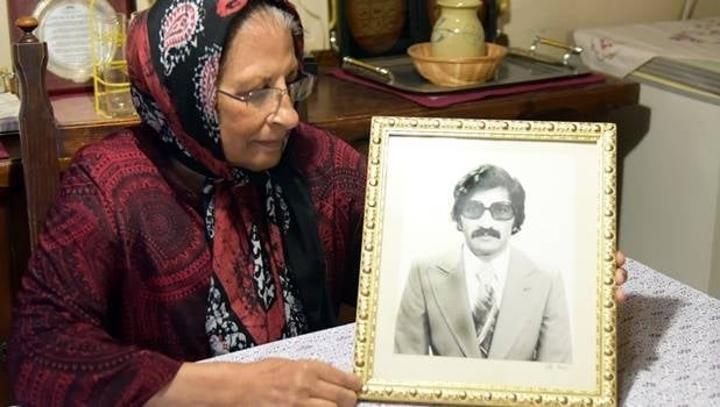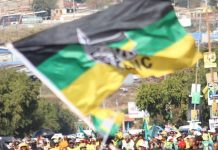Nkosikhona Duma
Africa-Press – South-Africa. A woman who was in a relationship with anti-apartheid activist Hoosen Haffajee sold him out to the apartheid Security Branch because she was upset he was in a relationship with another woman, the KwaZulu-Natal High Court in Pietermaritzburg has said.
On Wednesday, Judge Zaba Nkosi read his long-awaited judgment on the reopened inquest which probed the murder of Haffajee by the Security Branch 46 years ago.
On 2 August 1977, Haffajee, then a 26-year-old dentist, was making his way to work at the George V Hospital (now known as King Dinuzulu) when he was abducted and taken into police custody.
According to Nkosi, Haffajee was “severely tortured” and subjected to dehumanising conditions that included being forced to drink toilet water.
He was later found hanging in his cell at the Brighton Beach police station on 3 August 1977.
Haffajee was the 45th person to die in police custody.
The police claimed he hanged himself in detention from a grille door at the police station with his trousers, for fear of a long prison term.
In 1978, an apartheid-era magistrate, Trevor Blunden, ruled Haffajee’s death a suicide.
However, his family believed otherwise, and on Wednesday, Nkosi confirmed their suspicions the 26-year-old was killed by the Security Branch.
Judgment
Nkosi’s judgment took a full day to read, but Haffajee’s family, who filled the public gallery, sat patiently, and remained in court even after his older brother, Yusuf, had to be taken to hospital after falling ill during the lunch break.
The judge started by outlining the background of events that led to Haffajee’s death.
According to Nkosi, the reopened inquest found Haffajee’s political activism started at the tender age of 12, having been recruited into the youth wing of the Natal Indian Congress (NIC), an anti-apartheid movement.
Born in 1950, Haffajee left South Africa in 1966 to study in India for seven years.
While in India, he participated in student politics and remained in contact with activists from the NIC and ANC, which was at the forefront of the fight against apartheid.
Haffajee returned to South African in 1976 and dated Mathi Benjamin née Govender.
Nkosi said while still with Benjamin, Haffajee also became romantically involved with another woman who subscribed to his Islamic faith.
This upset Benjamin, he added.
The scorned woman then became a paid informant for the apartheid police and told them about Haffajee’s political activities.
Haffajee’s flat was bugged, and he was subsequently placed under surveillance for four months before apartheid police officers accessed his property with keys handed to them by Benjamin.
Inside the flat, the officers led by Captain Petrus du Toit and Lieutenant James Taylor (both dead) of the Security Branch found copies of communist-related books and handwritten documents on bomb-making.
According to Nkosi, this was not enough to make a case against Haffajee, and the aim of the police’s interrogation was to trap him into making an admission for a case.
When he failed to comply, Nkosi said, the officers strangled and beat him up multiple times.
“He was strong and refused to give in to the interrogators… The suicide was staged to cover death under torture.”
The judge added Haffajee proved to be “religiously committed to his political beliefs through thick and thin and this is what must have enraged his torturers”.
For More News And Analysis About South-Africa Follow Africa-Press






